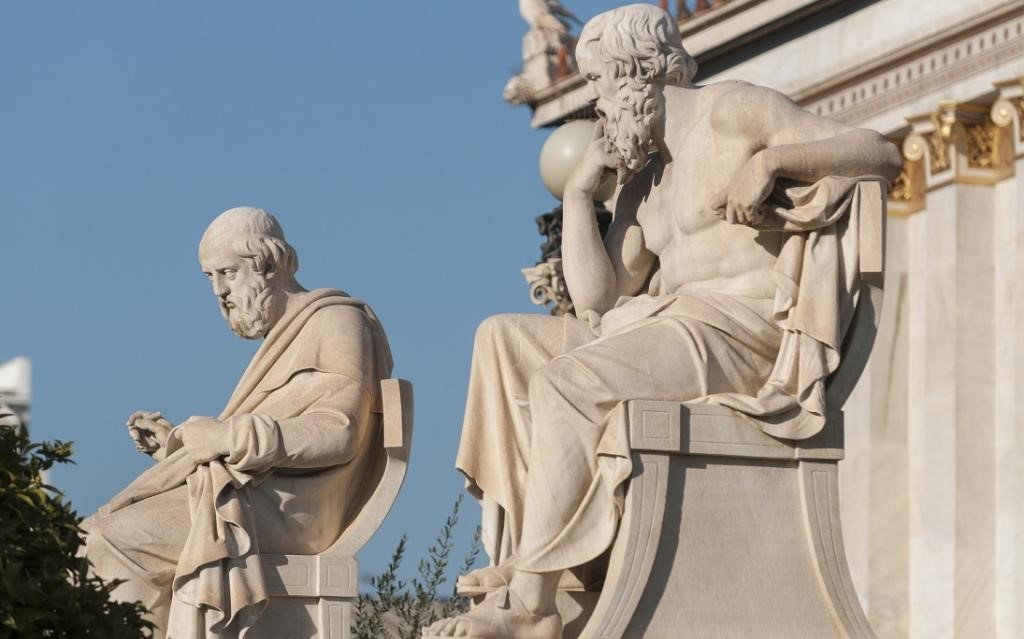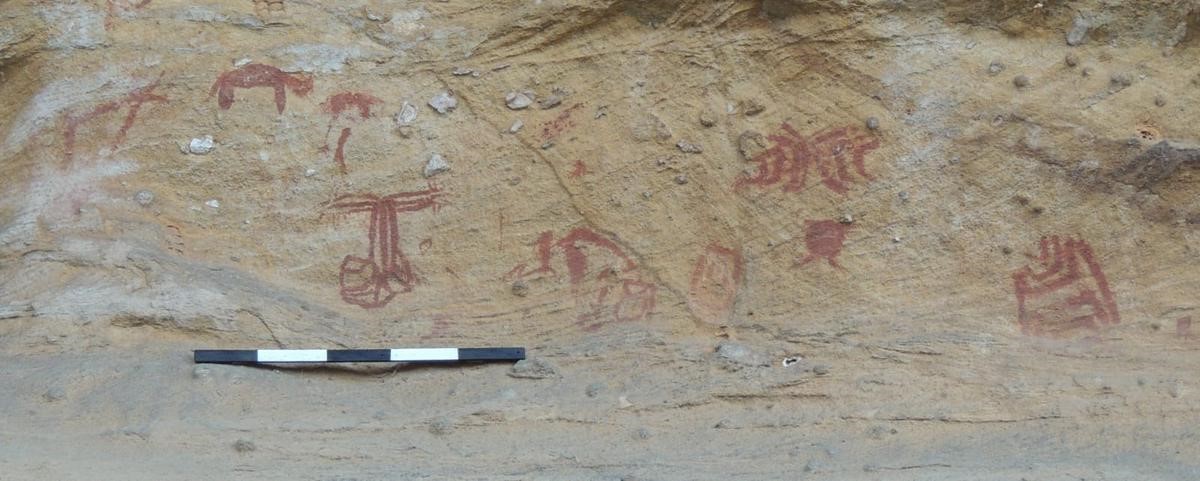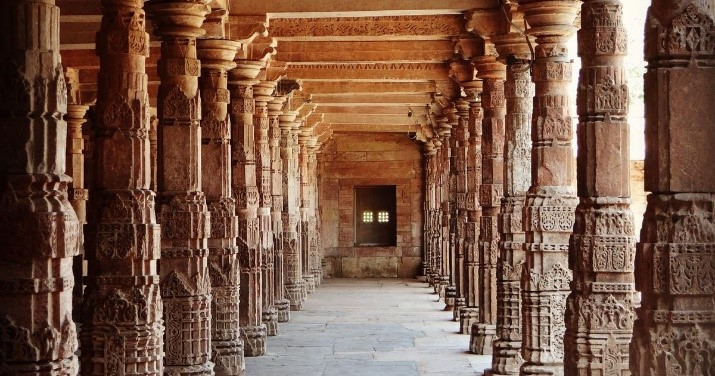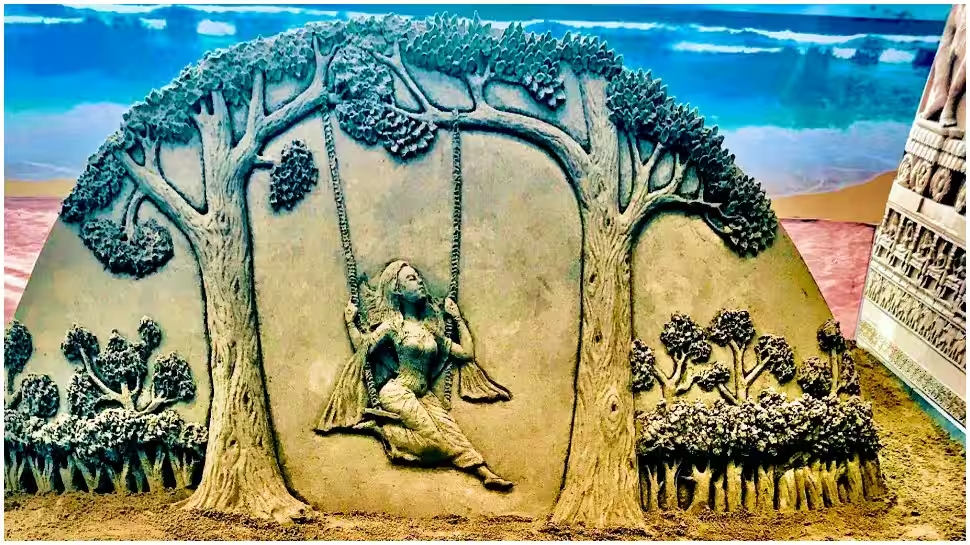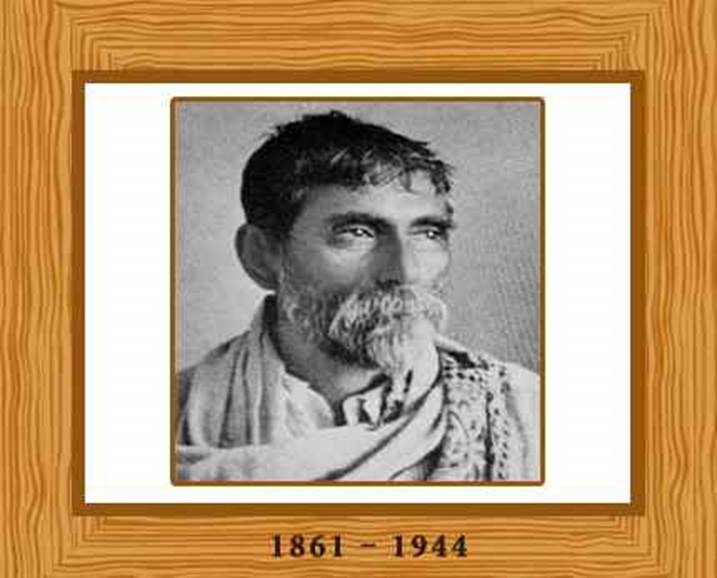Description
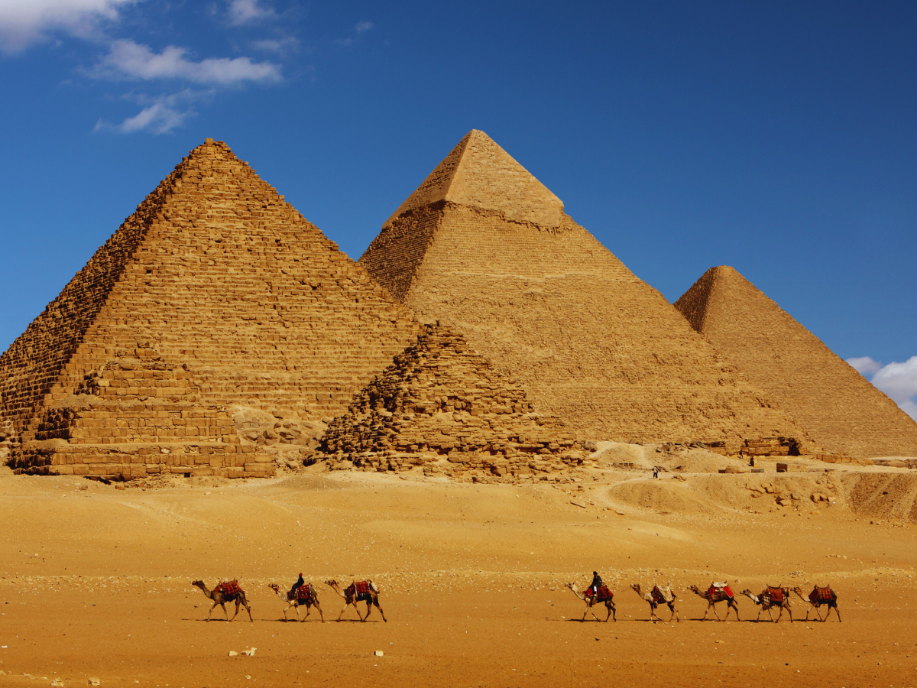
Disclaimer: Copyright infringement not intended.
Context
- A recent discovery near the iconic Great Pyramid of Giza has sparked excitement among archaeologists and historians
Description of the Structure
- The newly uncovered structure lies concealed beneath the sands of the Western Cemetery, adjacent to the Great Pyramid of Khufu.
- As researchers delved deeper into the buried structure, they stumbled upon a perplexing anomaly lying beneath it.
- Described as a 'highly electrically resistive anomaly' and measuring around 33 by 33 feet, this feature raises numerous questions about its composition and significance.
- Researchers suggest it may consist of electrically resistive material, possibly containing voids or air pockets within.
The Great Pyramid of Giza
- The Great Pyramid of Giza, the largest Egyptian pyramid, serves as the final resting place of Pharaoh Khufu, who reigned during the Fourth Dynasty of the Old Kingdom.
- Built around 2600 BC, this architectural marvel has stood the test of time, retaining its position as the oldest of the Seven Wonders of the Ancient World.
Structure and Dimensions
- Initially standing at 146.6 meters (481 feet), the Great Pyramid held the title of the world's tallest human-made structure for over 3,800 years.
- Over time, erosion and removal of the smooth white limestone casing reduced its height to the current 138.5 meters (454.4 ft), revealing the underlying core structure.
Construction Materials and Techniques
- The Great Pyramid was constructed using an estimated 2.3 million large blocks, weighing a total of 6 million tonnes.
- The majority of the stones are irregular in size and shape, primarily sourced from local limestone on the Giza Plateau.
- Additional materials, such as white limestone from Tura for casing and granite blocks from Aswan, were transported via the Nile.
Interior Chambers
- The pyramid contains three known chambers: a lower unfinished chamber, the Queen's Chamber, and the King's Chamber, which houses a granite sarcophagus.
- Hemiunu, Khufu's vizier, is speculated to be the architect behind the Great Pyramid, although no definitive evidence supports this claim.
Purpose and Significance
- The Great Pyramid served as Khufu's tomb, reflecting the traditional purposes of Egyptian elite tombs.
- It housed the deceased pharaoh's body, demonstrated his status, retained his place in society, and provided a space for offerings.
Attribution to Khufu
- Historical accounts, including those of Herodotus and Diodorus Siculus, attribute the Great Pyramid to Khufu, supported by inscriptions found within the pyramid.
- Recent discoveries, such as the Diary of Merer, further strengthen the association between Khufu and the Great Pyramid.
Conclusion
- The Great Pyramid of Giza stands as a testament to ancient Egypt's architectural ingenuity and cultural legacy. Its enduring mysteries continue to captivate researchers and visitors alike, inspiring awe and wonder for millennia to come.
|
PRACTICE QUESTION
Q. Which Egyptian pharaoh's final resting place is the Great Pyramid of Giza, the largest pyramid in Egypt, built during the Fourth Dynasty of the Old Kingdom?
a) Ramses II
b) Tutankhamun
c) Khufu
d) Akhenaten
Answer. c)
|
SOURCE: PIB






